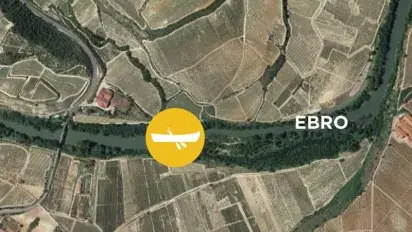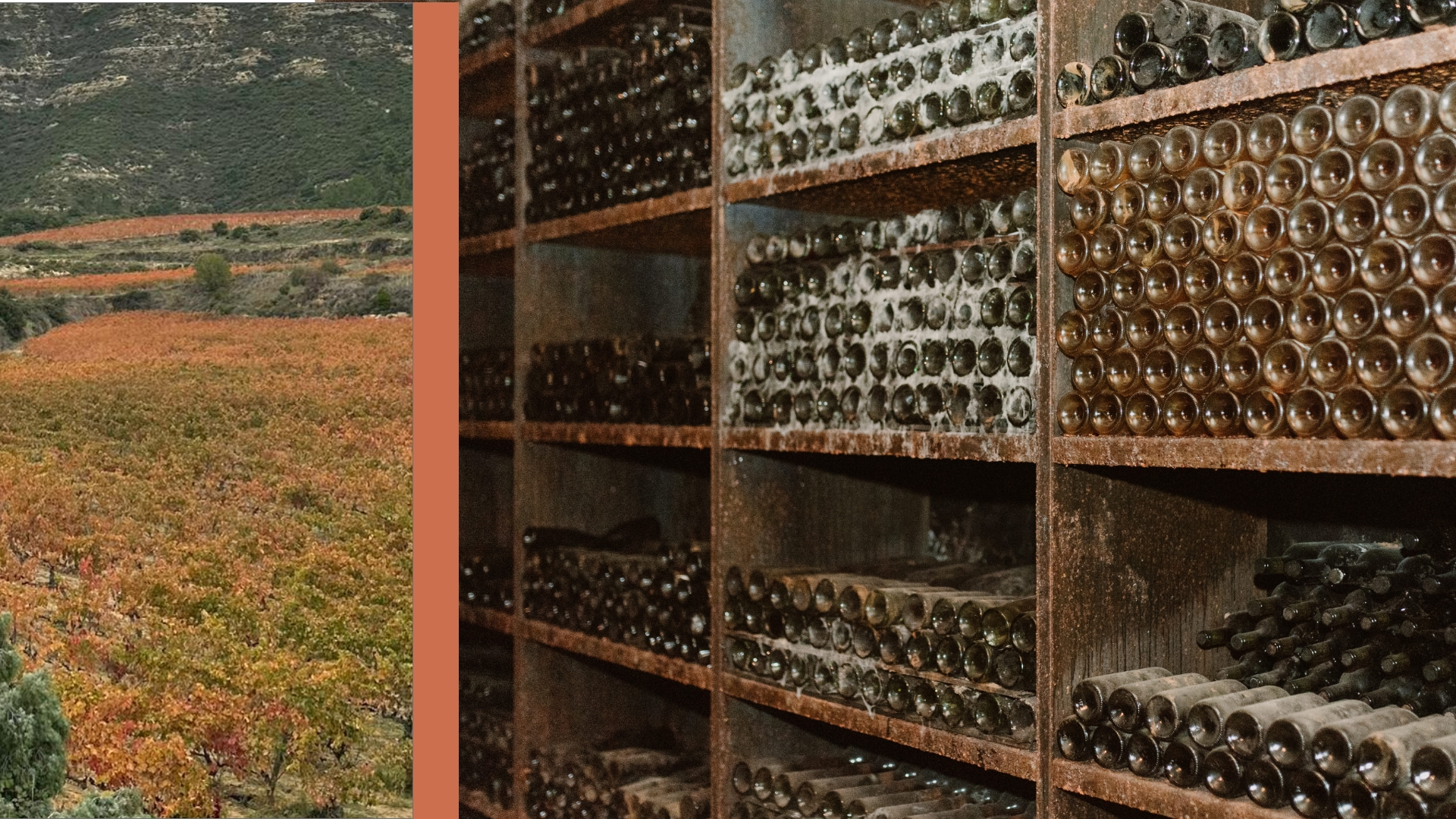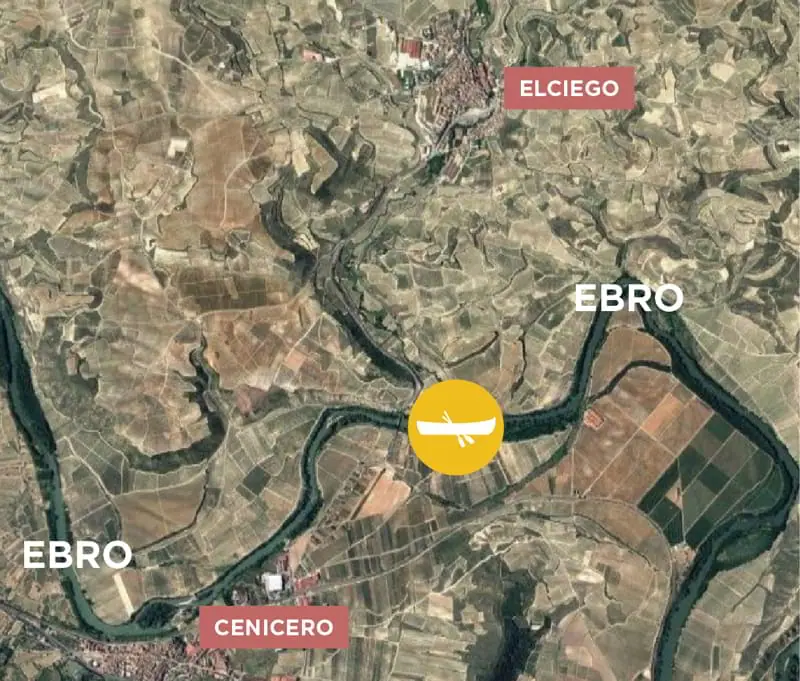
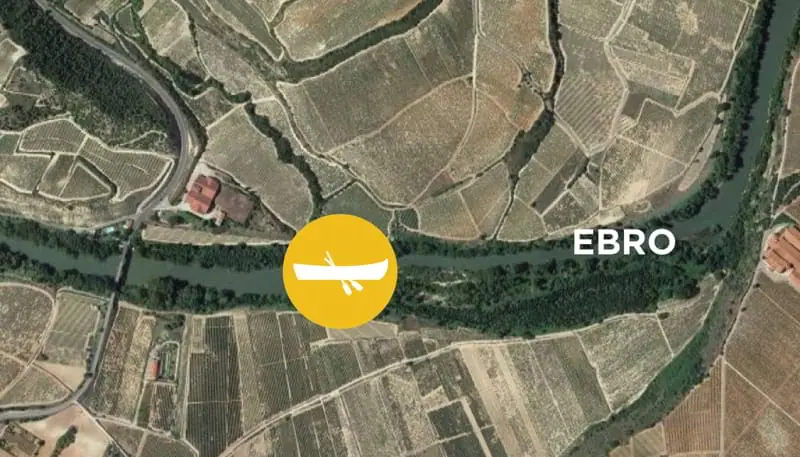
This boat pass was one of many that dotted the Ebro valley during the centuries when there were hardly any bridges. As a revealing detail, in all of Rioja there were only those from Logroño, San Vicente de la Sonsierra and Haro, all of them of Roman or medieval origin. To these should be added that of Assa, next to one of the Muriel Wines vineyards, which was demolished at some point in the late Middle Ages.
In another of the Spanish riverside regions of the Ebro, Aragon, until the second half of the 19th century there were only two bridges along the 200 km of river: both in the city of Zaragoza.
This old photo of a barge on the Ebro river was taken in Novillas, a small town in Aragon. That boat was used until 1981. We can imagine that our own boat in Elciego, of which no images are preserved, must have been similar.
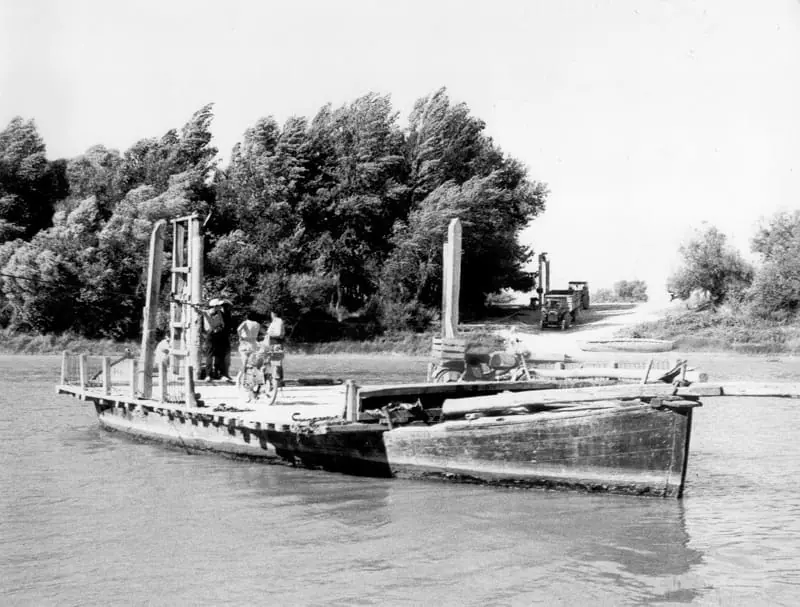
Elciego's boat was a key medium for the life and economy of the town. In fact, we still have a street called ?del Barco?, which reminds us of the direction to take to reach the shore. The boat allowed people, animals and small merchandise to pass to the other shore. It is very probable that among those goods some wine skins were transported at some point.
The boat belonged to the City Council, which licensed it for annual periods. To move the boat, some method of towline or fastening had to be used by means of a cable that joined both banks. In this way, certain stability was gained against the Ebro currents.
The Carlist wars of the 19th century damaged these passages, considered of great strategic importance. Many of them were destroyed in sabotage and military actions. Others succumbed to the strong currents. We know that our boat sank in December 1861, due to accumulated deterioration. A few years later, the bridge that we still travel daily was inaugurated.
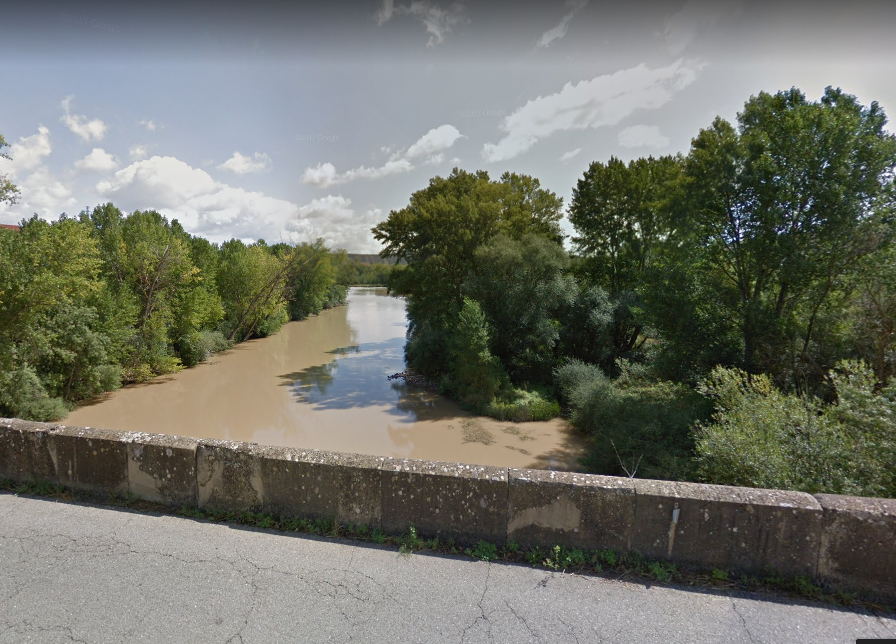 A view of the river Ebro banks, were there once was a boat passage
A view of the river Ebro banks, were there once was a boat passage"
You may also be interested in:
